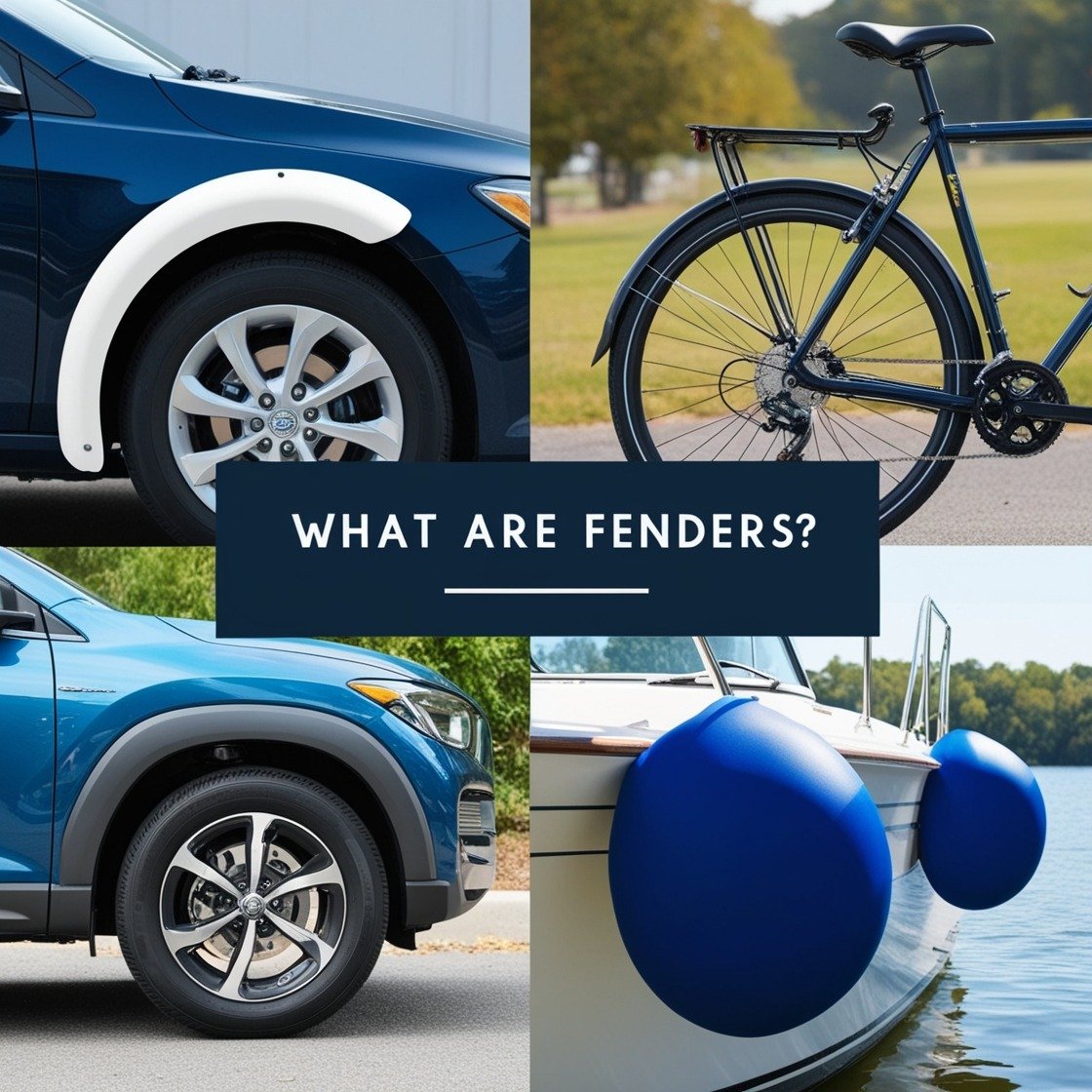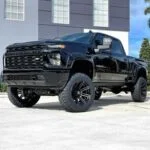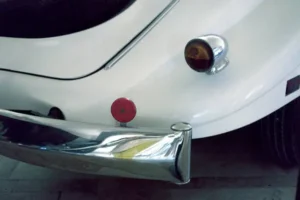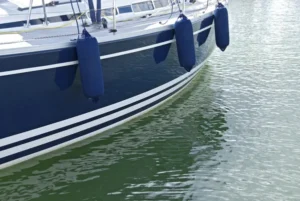Fenders are protective coverings on vehicles that shield the wheels and surrounding areas from road debris, mud, and other elements. But what are fenders specifically designed for? These components are crucial for shielding the wheels and the surrounding areas from road debris, mud, and other potentially damaging elements.
Beyond just keeping your vehicle clean, they play a significant role in maintaining safety by preventing damage to your car’s undercarriage and ensuring that vital components stay protected from road hazards.
Depending on the type of vehicle, they can vary in shape, size, and material, but their primary function remains the same.
1. Role of Fenders in Different Vehicles
Fenders are not just for cars, they play a crucial role in other vehicles like bicycles, boats and trucks as well.
- Car Fender: They are located over the wheels, curving along the sides of the vehicle. They are crucial in protecting the car’s body from dirt, rocks, and water splashed up by the tires. Without fenders, your car would be more susceptible to rust, scratches, and other forms of damage that can result from everyday driving.

- Bicycle Fender: They are often seen on commuter and touring bikes and are mounted above the tires to block mud and water from splashing onto the rider. These are particularly useful in wet conditions, keeping both the rider and the bike cleaner and drier during a ride
- Boat Fender: They serve a different but equally important purpose. They are placed along the sides of a boat to act as cushions, protecting the hull from damage during docking or when moored next to other vessels. They absorb the impact between the boat and the dock, preventing scratches, dents, and more serious structural damage.

- Truck Fender: For trucks, fenders protect the truck’s body and tires from road debris and impacts. They help keep the vehicle clean and prevent damage to the truck and other road users.
3. Difference between Fenders and Bumpers
You are probably thinking, “What’s the difference between a fender and a bumper?” It’s a common question, and it is easy to see why people mix them up.
Fenders: They frame the wheel wells and are primarily designed to protect the vehicle from debris like mud, rocks, and water that the tires kick up.
They are positioned above the wheels and are an integral part of the vehicle’s bodywork, helping to keep the vehicle and other road users safe from flying debris, especially in rough or muddy conditions. Fenders are specific to the wheels and vary in design depending on the type of vehicle, such as cars, motorcycles, or bicycles.
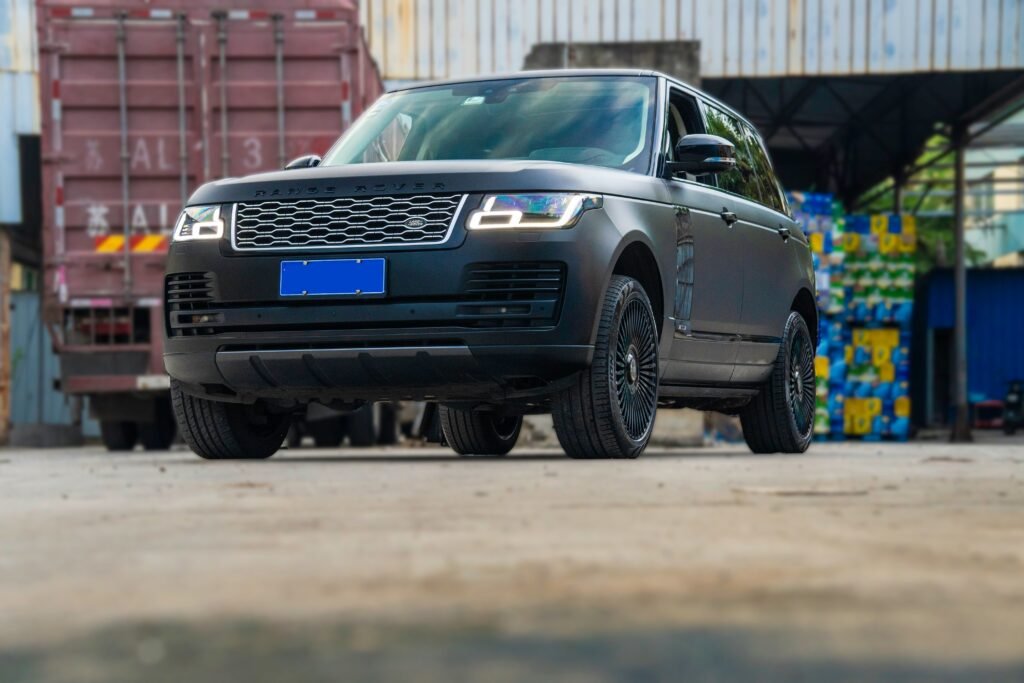
Bumpers: On the other hand, bumpers attach to the front and rear ends of a vehicle and absorb impact during low-speed collisions. Their main purpose is to protect the critical components of the vehicle, such as the engine, trunk, and lights, by minimising damage during an accident.
Unlike fenders, bumpers are external parts that are more robust, often featuring impact-absorbing materials to reduce the force of collisions, making them crucial for vehicle safety.
4. Types of Fenders
The type of fender you need depends on the vehicle and the environment it operates in. Here’s a breakdown of the most common types of fenders across cars, bicycles, and boats:
4.1. Automotive Fenders
They are usually located around the wheel wells and come in front or rear versions. Front fenders sit over the front wheels, while rear fenders cover the back wheels. Manufacturers make fenders from materials like steel, aluminium, or plastic, depending on the car’s make and model.
We’ll look at the different types of automotive fenders and how each one helps protect your car and improve its performance.
- Steel Fenders: These are common in older vehicles and offer strong protection but are prone to rust if not properly maintained.
- Aluminium Fenders: Lightweight and resistant to rust, aluminium fenders are popular in modern vehicles. They provide good protection while contributing to the vehicle’s fuel efficiency.
- Plastic Fenders: Found in many newer cars. They are lightweight, rust-proof, and easily molded to fit modern car designs. However, they can be more susceptible to cracking under impact.
4.2. Bicycle fenders
They usually mount close to the wheels to catch water, mud, and dirt before it splashes onto you. They come in various forms, each offering different levels of protection based on your riding needs.
- Full-Coverage Fenders: These offer maximum protection, covering most of the tire to block mud and water. They are ideal for commuter and touring bikes used in wet conditions.
- Clip-On Fenders: These are more versatile and can be easily attached or removed. They offer less coverage than full fenders but are convenient for occasional use or dry conditions. Mountain
- Bike Fenders: Specifically designed for off-road use, these are robust and provide good protection from mud and debris, even in rough terrain.
4.3. Marine Fenders
They act as buffers between the boat and the dock, or other boats, thereby preventing scratches, dents, and other damage. Additionally, they come in various shapes and sizes, depending on the size of the boat and the docking conditions.
Here are some common types of boat fenders and their specific uses.
- Cylindrical Fenders: These are versatile and can be used on a variety of boats. They are usually hung vertically or horizontally to protect the boat’s sides.
- Round Fenders: Also known as ball fenders, these are ideal for protecting the bow or stern of the boat, especially in tight docking spaces.
- Specialty Fenders: Designed for specific boat shapes or docking scenarios, they provide targeted protection where standard fenders may not be sufficient.
5. Simple Steps for Installing and Maintaining Your Fenders
Properly installing and maintaining your fenders is crucial to ensuring they perform their best, protecting your vehicle from debris and potential damage.
Whether you’re tackling the installation yourself or just want to keep your fenders in good condition, a few simple steps can make all the difference.
5.1. Right Way to Install Fenders
Proper installation is key to ensuring that your fenders provide maximum protection. Installing fenders might seem a bit tricky at first, but with some patience and the right steps, you’ll get it done with ease.
- Installing Fenders on Cars
Installing fenders on a car is straightforward, especially if you take your time. First, gather the necessary tools, such as a socket wrench, screwdrivers, and clips or screws. Next, remove the old fender, and then align the new one with the car’s frame. Finally, secure it by tightening the bolts or screws in a crisscross pattern to avoid misalignment.
- Installing Fenders on Bicycles
For bicycles, installation is quicker. Most fenders come with adjustable mounts. Use an Allen wrench to attach the fender to the bike’s frame, ensuring it’s aligned properly and not rubbing against the tires. - Installing Marine Fenders
Marine fenders are easy to install. Simply hang them over the side of the boat using ropes or straps, tying them to cleats or railings. Adjust the height so they absorb impact when docking.
5.2. Easy Maintenance Steps for Long-Lasting Fenders
Regular cleaning and maintenance are essential to ensure that these protective components continue to shield your vehicle effectively. Over time, they can accumulate dirt, grime, and debris that may compromise their functionality if not properly cared for.
Here are four important maintenance steps that apply to all types of vehicles to keep them in good condition:
1. Regular Cleaning Routine
Fenders on all vehicles are constantly exposed to dirt, grime, and environmental elements, which can build up over time. Therefore, establishing a regular cleaning routine is crucial. To start, use mild soap and water to remove dirt and debris. Moreover, avoid harsh chemicals that could damage the material.
2. Inspect for Damage
Regular inspections are key to catching potential issues before they become major problems. After each cleaning session, thoroughly inspect your fenders for any signs of damage, such as cracks, dents, or loose fittings. Ensuring that all mounting hardware is secure will help maintain their effectiveness.
3. Dealing with Stains and Scuff Marks
Stains and scuff marks are common due to the protective role these components play. To keep them looking their best, use a specialized cleaner suitable for the material to gently remove marks. Buff out scuffs with a soft cloth and a mild abrasive if necessary, but take care not to damage the surface.
4. UV Protection
Exposure to sunlight can cause fading and degradation over time. Applying a UV protectant or a wax/sealant with UV protection after each cleaning session will help shield the surface from the sun’s harmful rays. This step is particularly important for plastic and rubber materials, which are more susceptible to UV damage.
6. How to Choose the Best Fender for Your Vehicle?
When it comes to selecting the right protection, there are a few key factors to consider. The ideal choice depends on your vehicle type, material preferences, and functionality needs.
Factors to Consider
Here are some factors to keep in mind when choosing the best option for your vehicle:
- Vehicle Type: The type of vehicle you have plays a significant role in determining the right option. For cars, you’ll want protection that matches the make and model of your vehicle. Trucks need tougher versions to handle off-road conditions, while motorcycles and bicycles have their own specific requirements.
- Material: Consider what material works best for you. Plastic versions are often chosen for their affordability and resistance to rust. Metal options offer durability and a classic look, while carbon fiber is ideal for high-performance needs.
- Functionality: Think about what you need. Are you looking for protection from debris, a specific style, or perhaps additional features like flares? Your needs will guide your choice. For instance, if you’re frequently off-roading, heavy-duty versions might be a better fit. If you want to enhance your vehicle’s appearance, custom designs could be the way to go.
7. How Much Fender Replacement Will Cost You?
The cost of replacing these protective components can vary widely depending on several factors, such as the type of vehicle, materials used, and the complexity of the replacement process. Labor costs can also vary based on the complexity of the installation and your geographic location. For cars, replacing a standard one typically ranges from $200 to $600, including both parts and labor.
Cost of Bicycle Fenders
On the other hand, bicycle versions are much more budget-friendly, usually costing between $20 and $50.
Cost of Marine Fenders
They are essential for protecting your boat from dock damage, range from $30 to $100 each, depending on size and durability.
9. Frequently Asked Questions (FAQs) About Fenders
1. What Exactly Are Fenders?
They are protective components that shield your vehicle—whether it’s a car, bike, or boat—from dirt, debris, and impact. They play a crucial role in maintaining the integrity of your vehicle by preventing damage to the body, wheels, and other critical parts.
2. Can I drive or ride without fenders?
Technically, yes, but it’s not recommended. They protect your vehicle and others around you from debris that could be kicked up by the tires. For cars, driving without them can even be illegal in some places. Bicycles without them can make for a messy ride in wet conditions, and boats without protection risk serious damage when docking.
3. Can I install fenders myself, or should I have a professional do it?
Installing them can be a DIY job if you’re comfortable with basic tools and instructions. Cars might require more precision to align them properly, while bicycle and boat versions are generally easier to install. If you’re unsure or want to ensure a perfect fit, it’s always a good idea to consult a professional.
4. How do fenders differ from bumpers?
These components wrap around your vehicle’s wheels and protect against debris kicked up by your tires. Bumpers, on the other hand, are located at the front and rear of your vehicle and are designed to absorb impact during collisions. So, fenders deal with road debris, while bumpers handle crash protection.
5. Can I drive with damaged fenders?
While you can technically drive with damaged ones, it’s not advisable. Damaged protection won’t be as effective, and in the case of cars, it can affect the vehicle’s aerodynamics and safety. It’s better to repair or replace them as soon as possible to maintain the vehicle’s integrity.
6. How much does it cost to replace a fender?
The cost of replacing a fender can vary, depending on your vehicle type, the materials used, and labor costs. For instance, for a standard car, you can expect to pay between $200 and $600. However, for luxury vehicles, the cost can be higher. In contrast, bicycle and marine versions are more affordable, usually ranging from $20 to $100.

